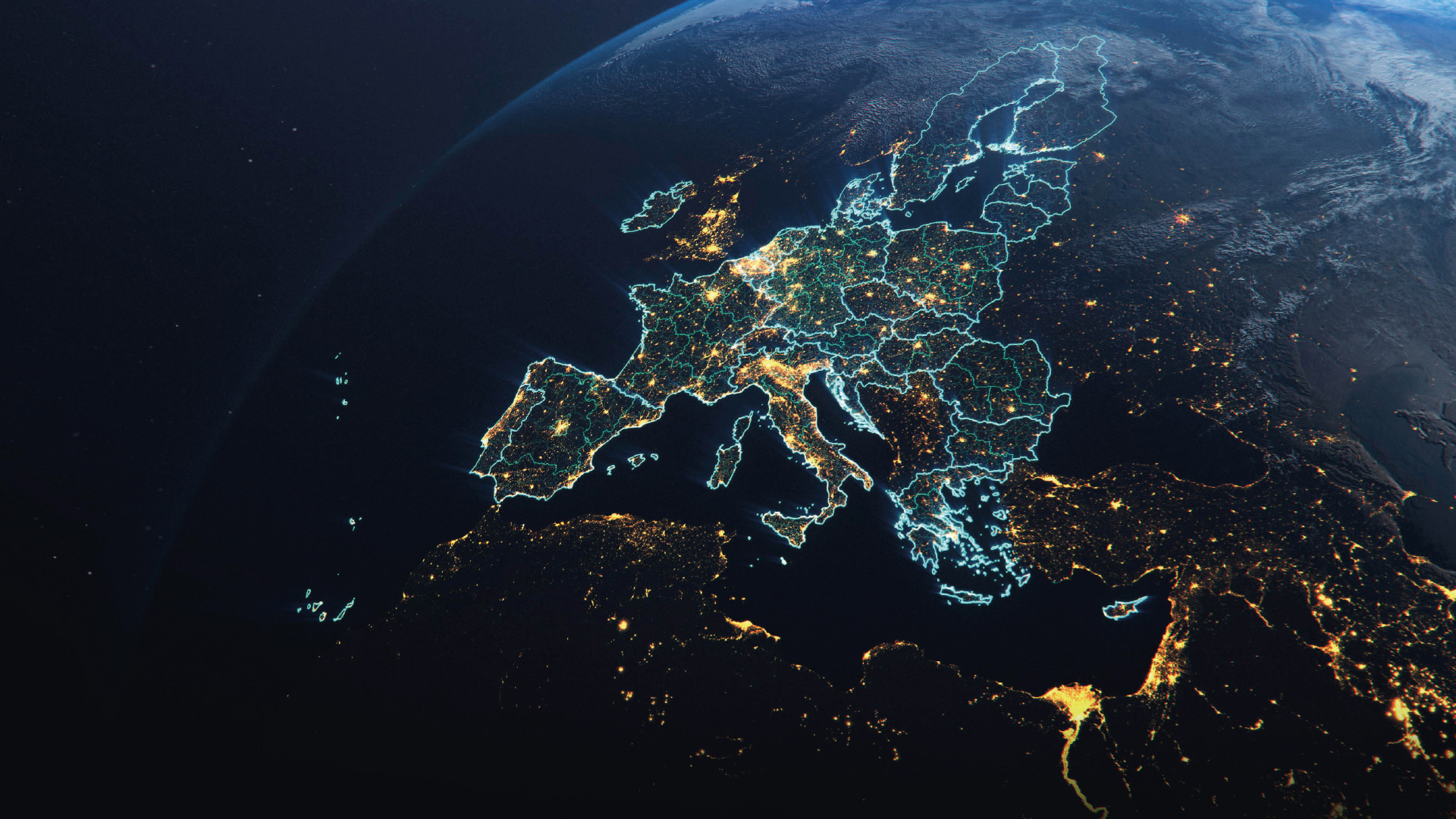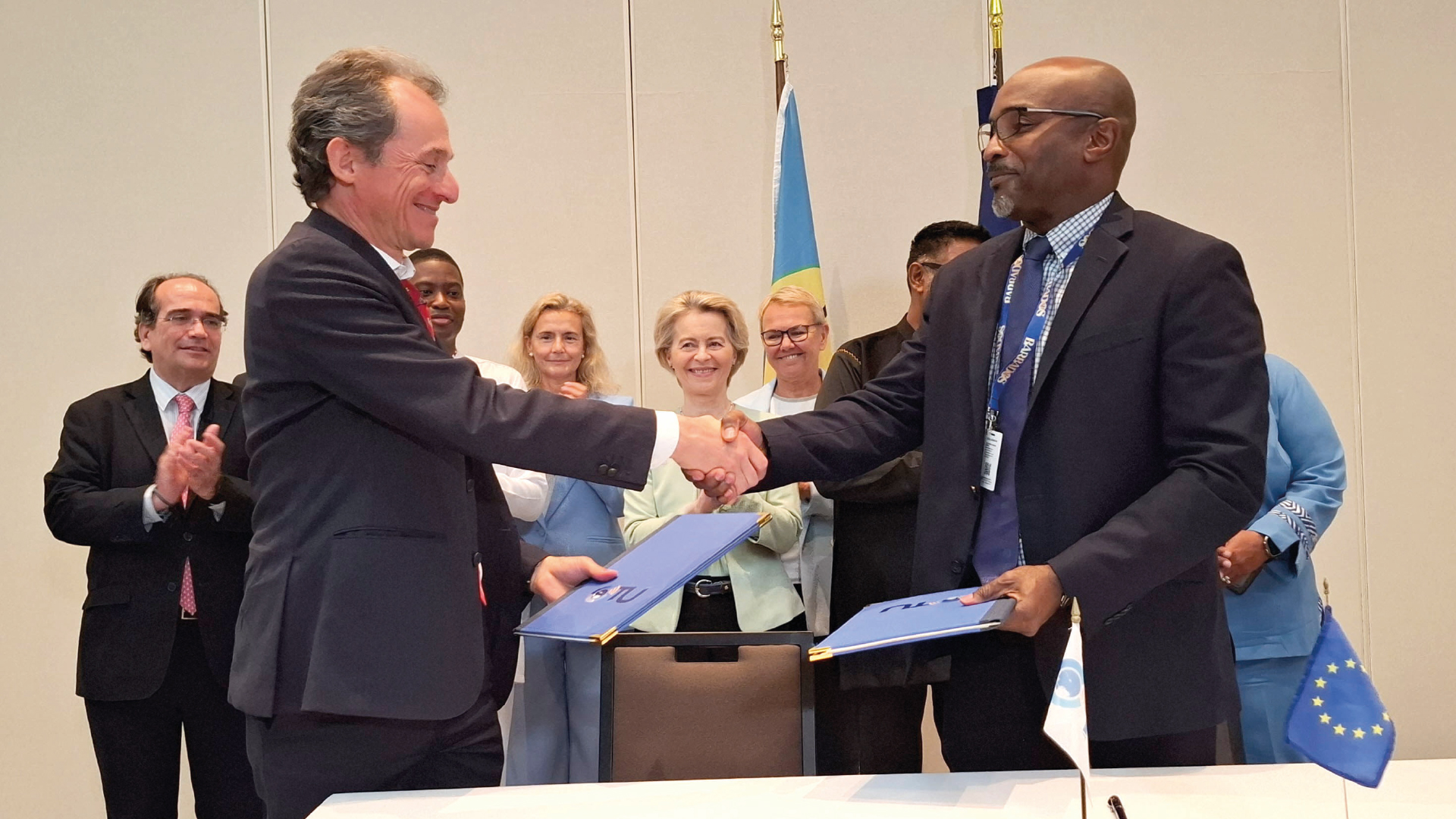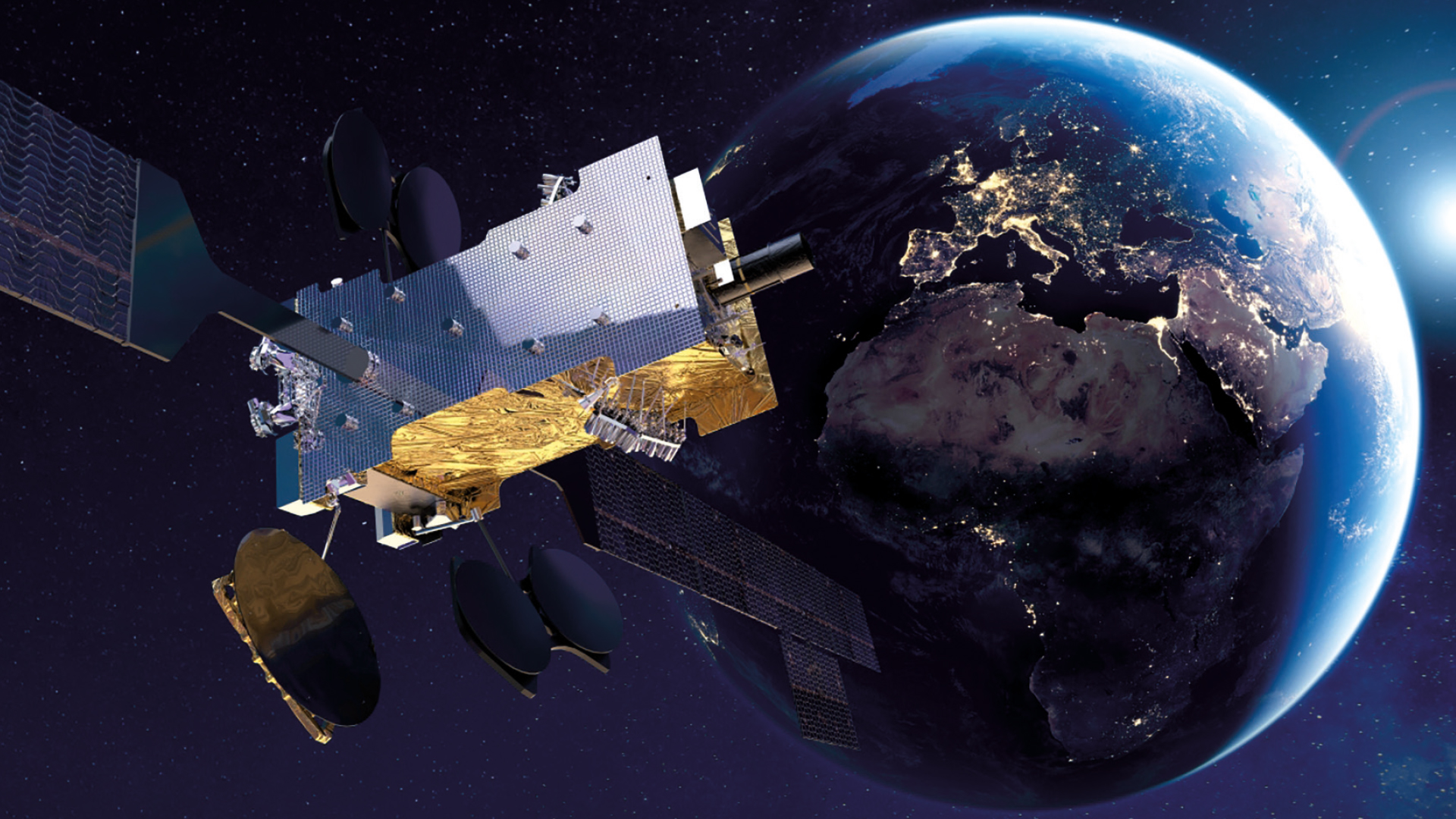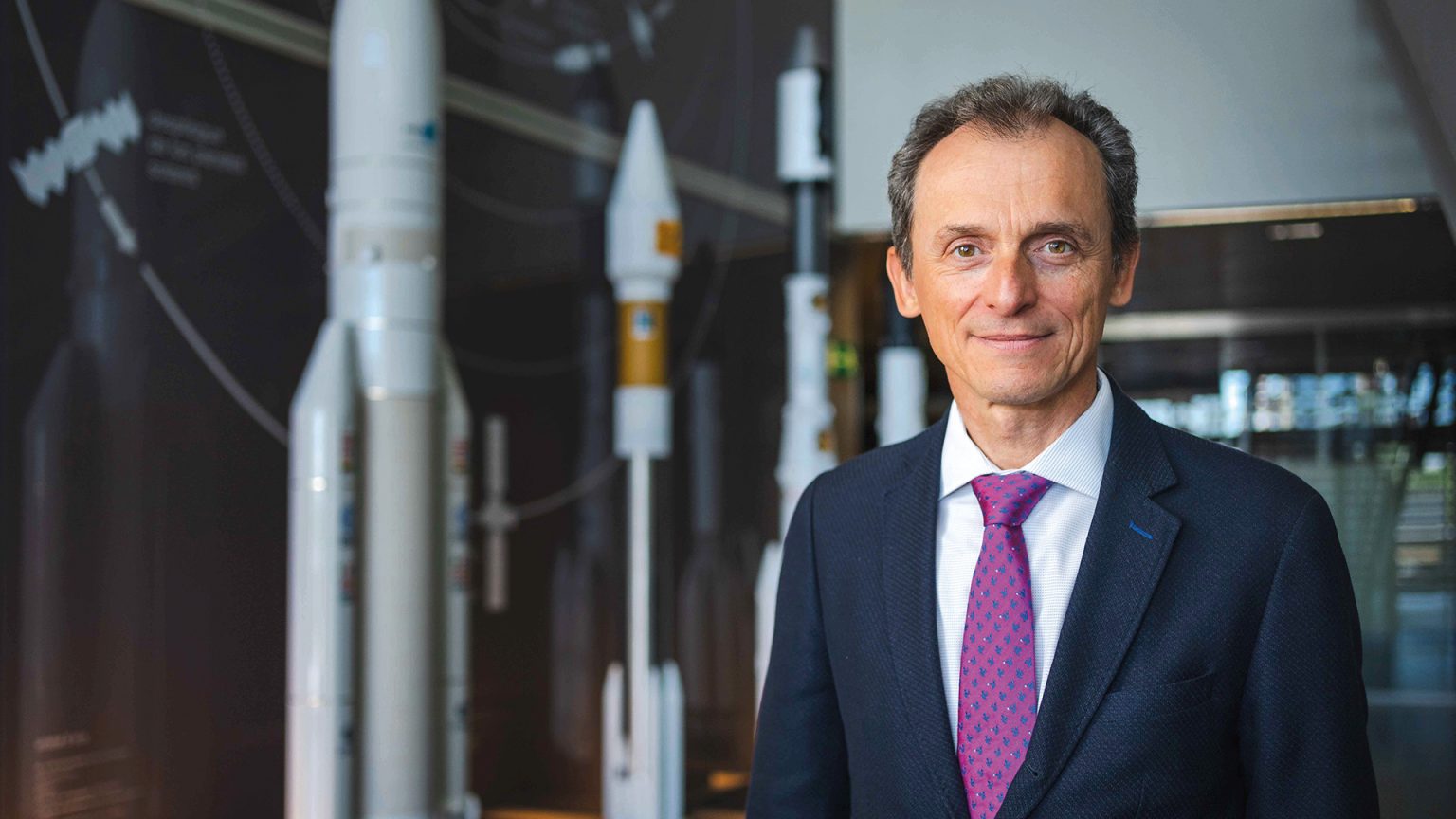In 1998 he became the first Spanish astronaut to travel to Space, participating in NASA’s STS-95 mission aboard the shuttle Discovery. In 2003 he returned to Space as part of the Cervantes mission, a 10-day stay on the International Space Station. After his flights, he took on various technical and management roles at ESA and in the private sector, being director of operations at Deimos Imaging and responsible for Space projects.
Between 2018 and 2021, he was Minister of Science, Innovation and Universities (later Science and Innovation) in the Government of Spain, where he promoted policies to foster R&D, open science and the creation of the Spanish Space Agency.
Since December 2023, Duque has been President of Hispasat and, in addition, he continues to be linked to scientific dissemination and to the promotion of the national and European Space strategy, being a reference in the connection between science, technology and society.
The partnership between Space and Defence & Security grows ever closer. As Pedro Duque explains, “modern armies cannot operate effectively without relying on communications, various types of observation, signals intelligence, and precise positioning, which are increasingly dependent on assets in Space because they are more efficient and generally less vulnerable.”
Defending our system of values isn’t just about voting; it’s also about participating in the active defence of society against external attacks”
Just as the police are a guarantor of everyone’s rights, especially those of the vulnerable, the Armed Forces guarantee compliance with our rules in our territory.
Industry is not divided between civilian and military use; all technologies and all production lines can be used for our security, and in fact, they must always be as advanced as possible, and more so than those of any potential adversary.

It has become a cliché, at this point, to say that the sector is undergoing a transformation, because it has been living in transformation for years. Traditional roles have disappeared, consolidation processes are taking place, and the geopolitical scenario has highlighted the importance that Space can have in the field of Defence. Faced with all this, we continue working to shape the Hispasat of the future.
If traditional roles have disappeared, has the role
of the operator also done so?
If by operator we are referring to the mere leasing of satellite capacity, then yes, without a doubt. That business made sense at a very specific time, but today much more advanced and complex solutions are needed, designed for the specific needs of each client.
But since the acquisition of Axess Networks, we have become a satellite service provider, which uses its own and other capabilities, in geostationary and low orbit. We must be able to use all the resources at our disposal to provide the most complete service to our clients.
Based on these principles, at the SpaceRISE consortium we are working hand in hand with the European Commission and the European Space Agency to design a system that meets the demanding security requirements set by Europe and that, in addition, is operational as soon as possible.
IRIS2 is a special project, the first PPP to be signed in a European Space project. This configuration implies that the structure of the consortium has certain particularities. The consortium is made up of the three main European satellite operators who, in addition to being responsible for the design, delivery, operation and maintenance of the system, are also investors in it.
To this end, we have a “Core Team” that brings with it all the elements of the European Space supply chain and we are committed to incorporating to the project many more European companies (both large integrators and medium-sized companies and, in particular, SMEs and start-ups) that wish to join us on this journey.
In the first six months of the project, we have been able to verify the great interest that it has aroused in the European Space ecosystem and we work every day to bring aboard all those who have something to offer and want to share our challenges.

Directivos y trabajadores de las empresas de defensa y seguridad debemos participar en la pedagogía a la sociedad sobre la importancia de esta industria”
Similarly, in recent months a significant effort has been made to start working with the industry, starting with the members of the core team, who are indispensable partners for the development of the project.
And what now? We are very clear about the objectives for this first year of the project: confirm the project features, schedule and pricing. This year is crucial for IRIS2.
Indeed, at Hispasat we have been working for years on what will be the world’s first geostationary quantum key distribution mission. Following the initial feasibility phase, we are currently working with Thales Alenia Space on the development, construction, verification and validation phase of the QKD-GEO prototype.
Hispasat is a driver of secure and strategic connectivity in Latin America with IRIS2 and of leadership in quantum communications via satellite”
The next phase of Q-Design will be funded by the Spanish Space Agency (AEE) under the ARTES-4S programme and will be dedicated to the integration of QKD, GEO and LEO systems and their interfaces with terrestrial networks.
It is therefore essential to develop a system that allows information to be sent with the necessary guarantees in government communications environments, critical infrastructure management and applications and services of economic, environmental and technological interest, as well as in large corporations.
Secondly, another of the qualities of quantum technology is that its key distribution through an optical communications system allows to verify with absolute certainty, and simultaneously by the sender and receiver, if they have been intercepted.
Terrestrial networks based on fibre optics are the ideal infrastructure for distances of less than a few hundred kilometres, but beyond that they suffer signal losses that prevent this transmission from being sufficiently secure. That is why satellite QKD systems are ideal for covering long distances.
Another area in which Hispasat has seen a great deal of activity is 5G.
On the one hand, the satellite can contribute to the deployment of 5G in use cases such as guaranteeing the connectivity of passengers on board aeroplanes, sea or land vehicles, establishing trunk links in mobile networks to connect remote 5G base stations, favouring the development of Edge Computing solutions through data distribution, acting as a complement to terrestrial networks to avoid their congestion or guaranteeing continuity in emergency situations and connecting objects globally and in isolated areas through satellite IoT solutions.
With the arrival of satellite 5G, vehicle manufacturers will be able to have standard terminals with the certainty that they will be compatible with any satellite constellation and operator. This same paradigm shift is already taking place in the field of connectivity on board aeroplanes and ships.
At Hispasat, in addition to our participation in the 3GPP working groups, the body responsible for the standardisation of 5G, we are involved in various European innovation projects linked to this field. And, as I have already mentioned, with IRIS2 we are developing what will be the first 5G satellite system.

Throughout my professional career I have followed this subject of Space Law. Very little has happened in international coordination since the Treaties of the 1960s, but now several countries have national laws of various types and focuses.
In geostationary orbit, where the density of objects is much lower, the ordering is much more advanced and responsible action by companies is the norm. This spirit should also be transferred to low orbit.
At Hispasat, we believe that this European Law is necessary. It must act as a counterweight to create a balance, which does not exist now, between the freedom of companies in accessing a heritage of humanity such as Space and a fair regulation that does not represent an excessive burden for the industry. Maintaining competition in a market requires in almost all cases regulation to avoid monopolies.
The satellite is an infrastructure independent of the terrestrial network and allows to maintain a connection even if it fails, as long as you have your own power supply available. In general, both the flood catastrophe in Valencia and the blackout of 28 April have highlighted the importance of internet connection in the lives of citizens.
The space strategy combines global services, secure quantum communications and regional alliances to promote sovereignty, connectivity and defence”






